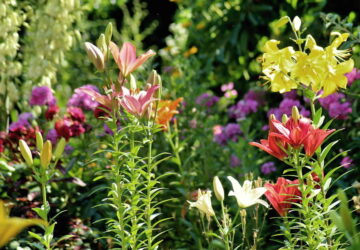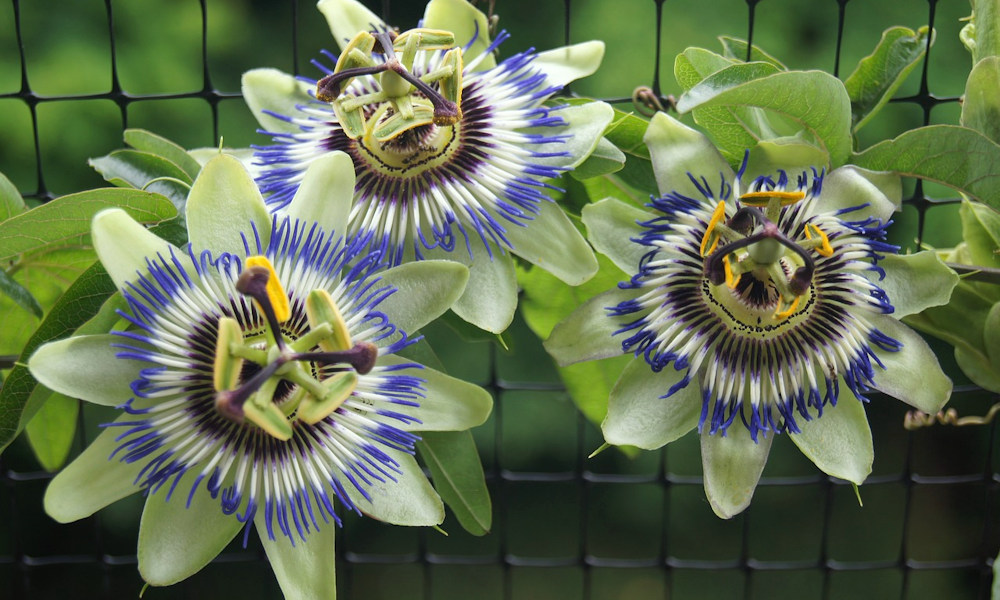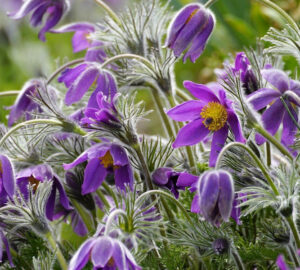With its mesmerizing blooms and delicious fruit, passionflower (Passiflora) is a true showstopper that brings a tropical flair to any garden. Whether you’re a seasoned plant enthusiast or just starting out, this unique vine offers a world of wonder and color that’s surprisingly easy to cultivate.
What is Passionflower?
Native to the tropical and subtropical regions of the Americas, passionflower belongs to the Passifloraceae family. With over 500 species, it’s best known for its intricate flowers and the edible fruits produced by certain varieties. Gardeners around the world appreciate its dramatic appearance and climbing habit, making it a favorite for fences, trellises, and pergolas.
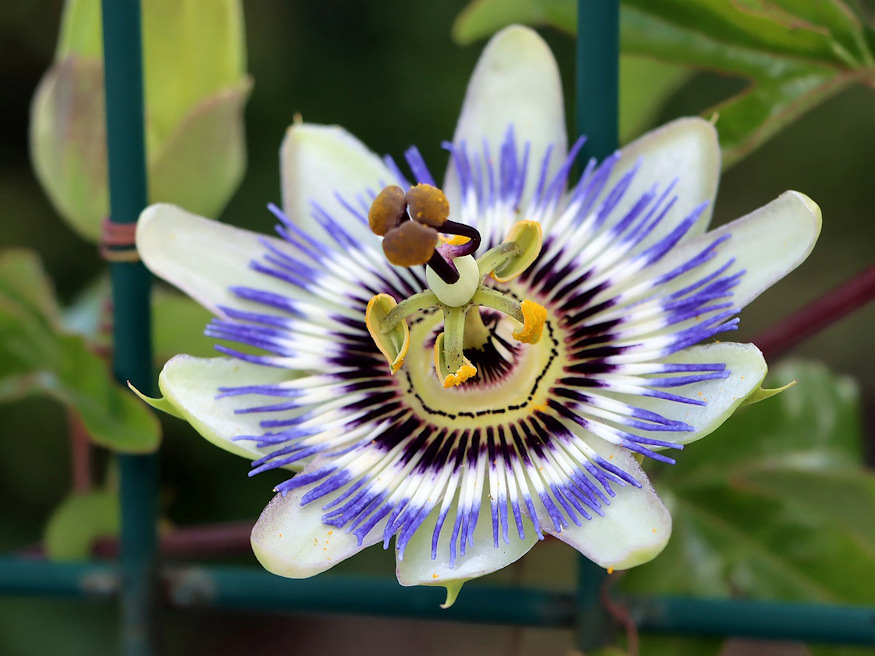
A Closer Look: Leaves, Flowers, and Fruit
Passionflower vines are a feast for the eyes even before they bloom. The glossy, dark green leaves are palmately-lobed with jagged edges and grow alternately along the stem, creating a lush, tropical canopy.
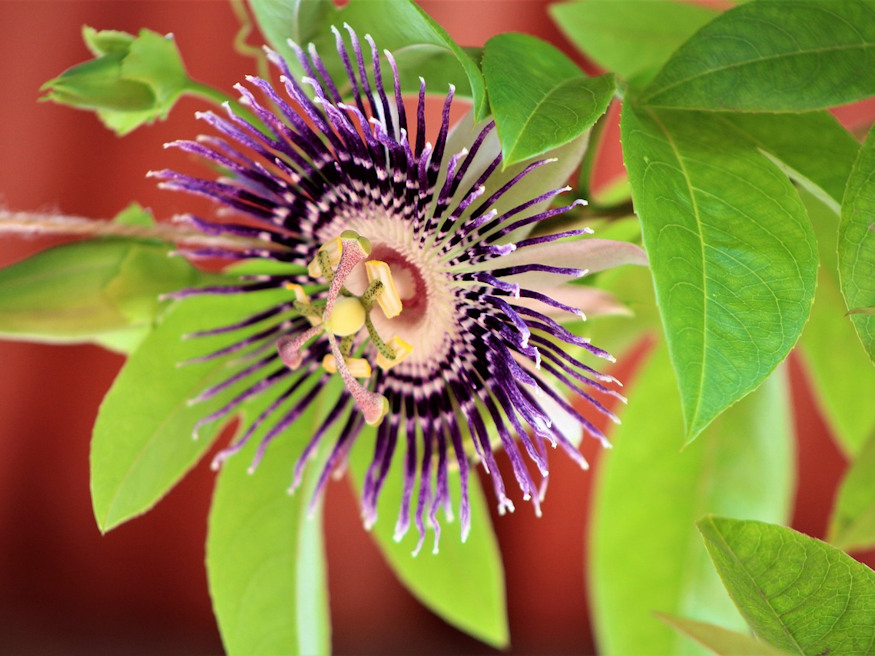
But the real show begins when the flowers open. Picture this: a bloom 5–10 cm wide, layered with five sepals and five petals, all crowned by a spectacular burst of colorful filaments in purple, blue, or red. These intricate structures give the passionflower its iconic and unforgettable look.
And then there’s the fruit. Oval or round in shape, these edible delights range in color from yellow to orange to deep purple when ripe. Inside, they hold black seeds surrounded by a sweet, tangy pulp—perfect for jams, jellies, or simply enjoying fresh.
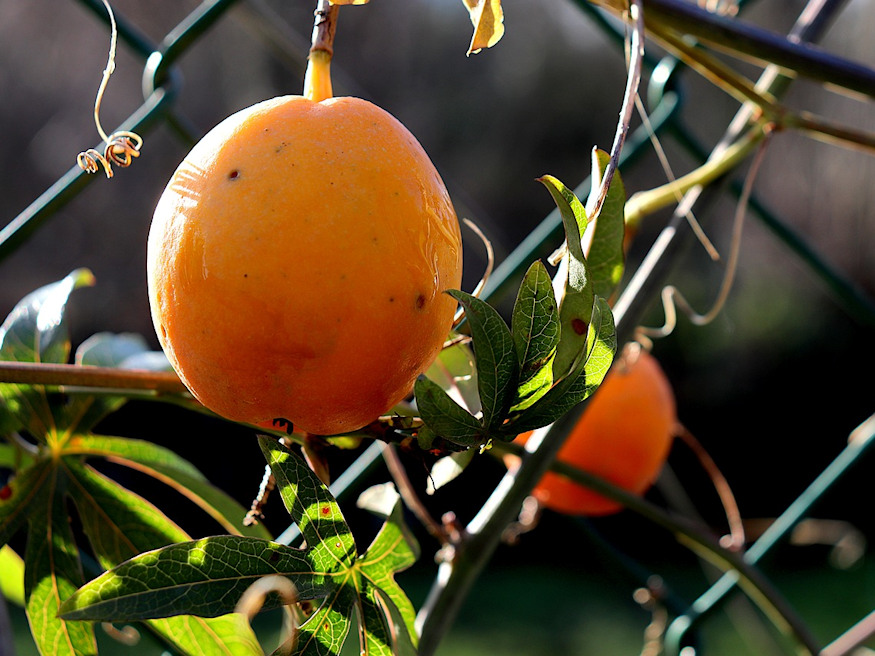
Not all passionflower varieties produce fruit, though. While some are grown purely for their ornamental appeal, others are cultivated specifically for their fruit. If you’ve bought your plant from a garden center, check the label or ask the staff to confirm its type. Fruiting varieties typically yield small, green fruits that mature to vibrant hues as they ripen.
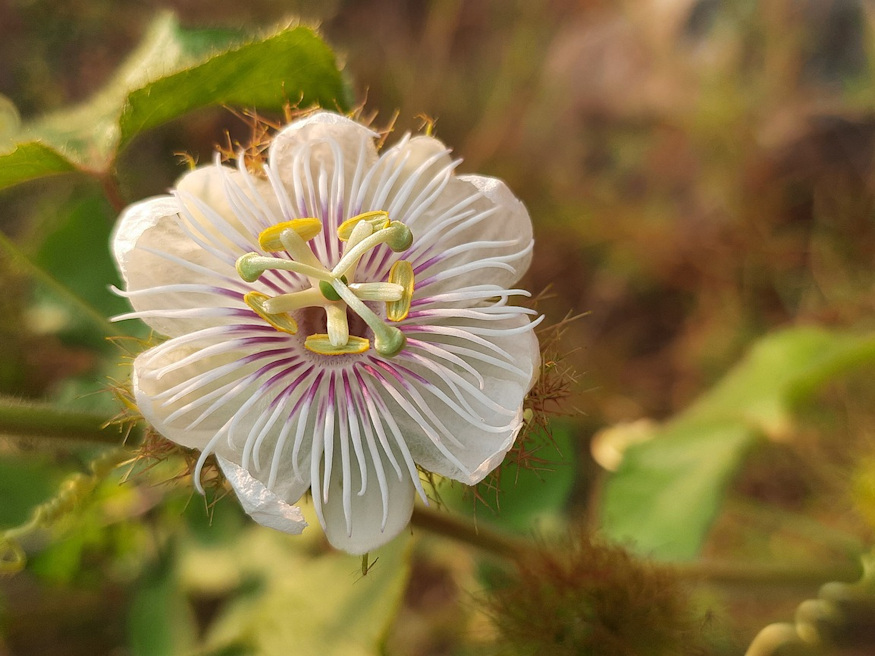
Growing Tips for Healthy, Happy Vines
Passionflowers are surprisingly undemanding once you get their basic needs right. Here’s how to help them thrive:
Sunlight
These plants crave sunshine! Choose a spot that gets at least six hours of direct sunlight daily to ensure vigorous growth and abundant blooms.
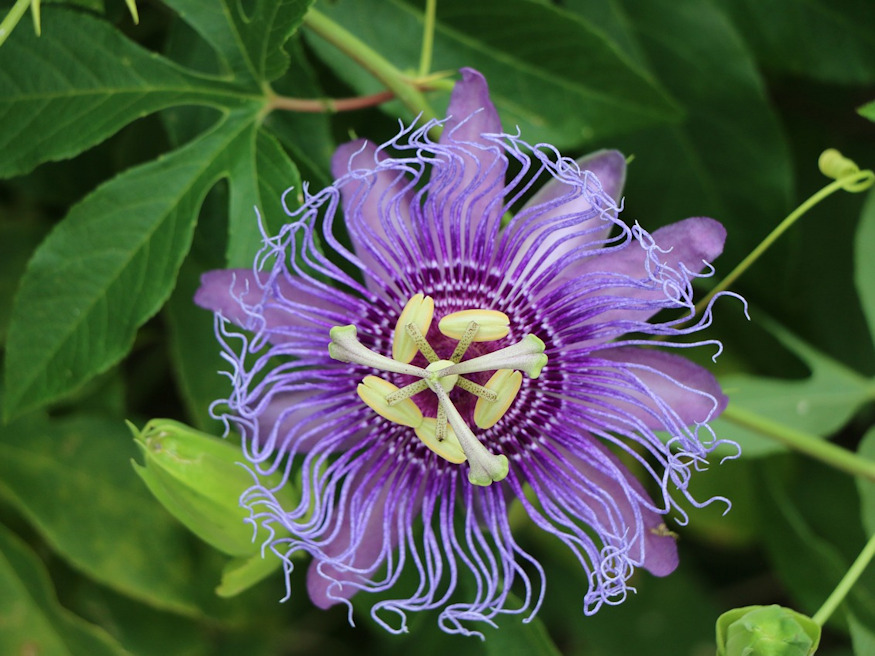
Soil
Passionflower prefers well-draining, slightly acidic soil enriched with organic matter. If your garden soil is heavy or compacted, mix in compost or sand to loosen it up.
Watering
Keep the soil evenly moist but never soggy. Water deeply during dry periods, but let the top layer dry out slightly between waterings to prevent root rot.
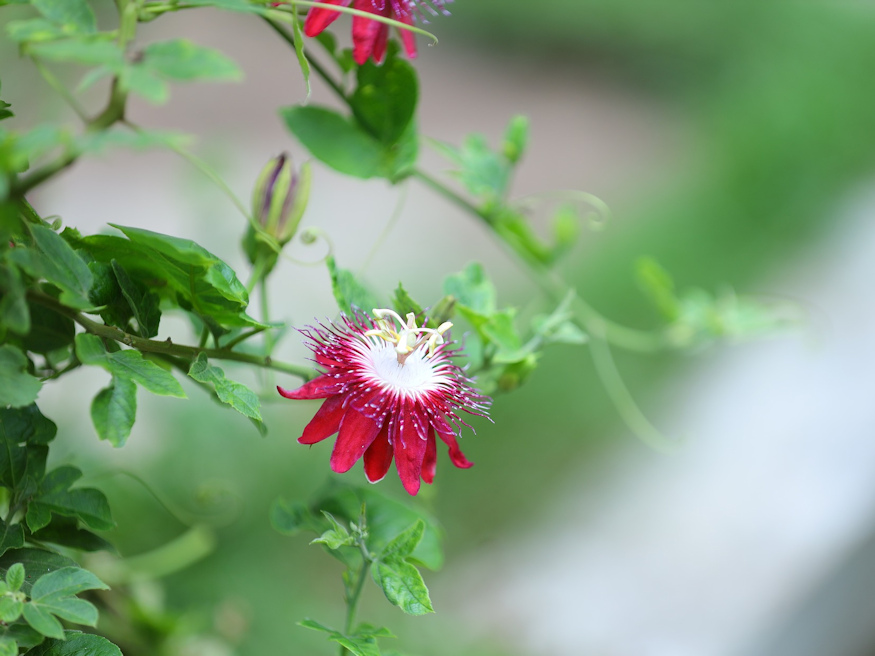
Fertilizing
Feed your passionflower with a balanced fertilizer (equal parts nitrogen, phosphorus, and potassium) every two weeks during the growing season for best results.
Pruning
Regular pruning helps keep the vine manageable and encourages more flowers. In early spring, trim away any dead or damaged stems and shape the plant as needed.
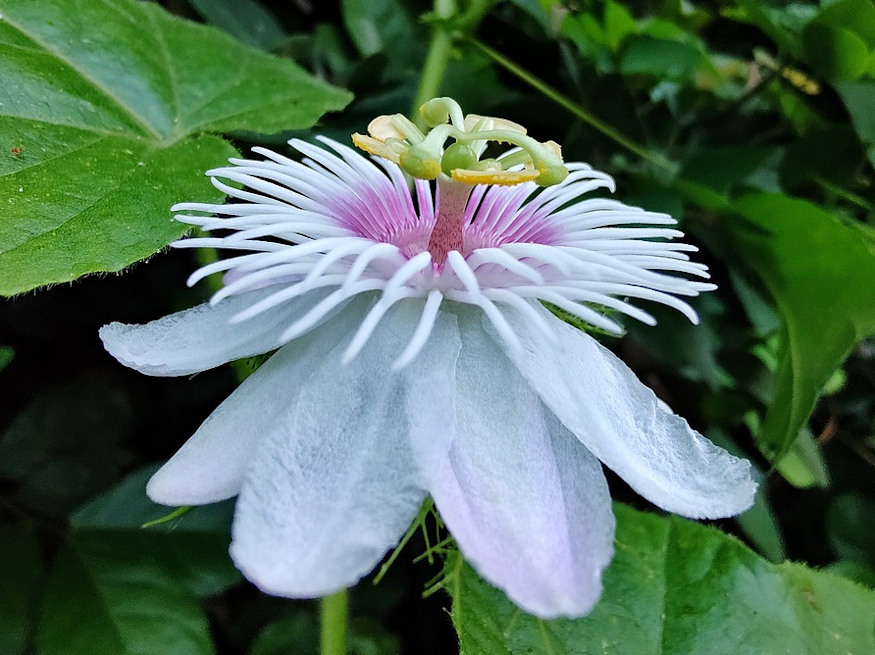
Pests and Diseases
Passionflower is generally low-maintenance when it comes to pests, but occasional visitors like aphids, whiteflies, or spider mites may appear. Use a gentle insecticidal soap or rinse the leaves to keep problems in check.
Support Structures
Since passionflower is a climber, it needs something to hold onto. Trellises, arbors, fences, or even a sturdy wall will give your vine the lift it needs to shine.
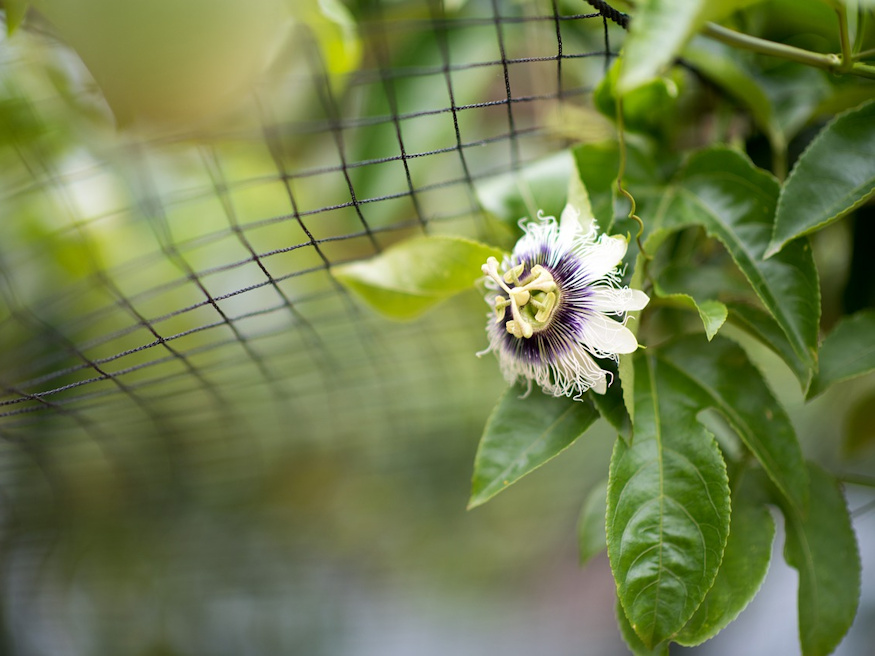
The Symbolism Behind the Name
The name “passionflower” has deep roots in Christian symbolism. Spanish missionaries in the 16th century interpreted the flower’s intricate structure as a representation of the Passion of Christ. The crown-like filaments were seen as the crown of thorns, the five stamens symbolized Christ’s wounds, and the three stigmas stood for the nails of the crucifixion. Even the tendrils were thought to represent the whips used during the scourging. This rich symbolism gave rise to the plant’s name and added a layer of spiritual meaning to its exotic beauty – especially during Easter, when the Passion story is most often remembered.
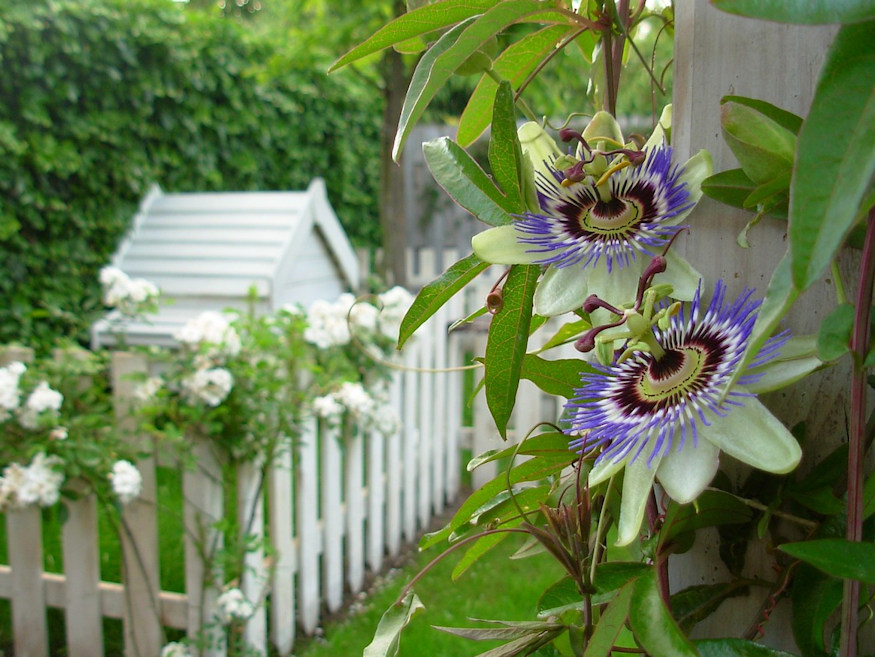
A Tropical Treasure for Every Gardener
Growing passionflower is more than just a gardening project—it’s an invitation to bring a bit of exotic magic into your everyday space. And while it may take a season or two to reach full bloom or fruiting maturity, the payoff is well worth the wait. With its stunning looks and relatively easy care, this vine is a perfect choice for beginners ready to branch out into something extraordinary.
